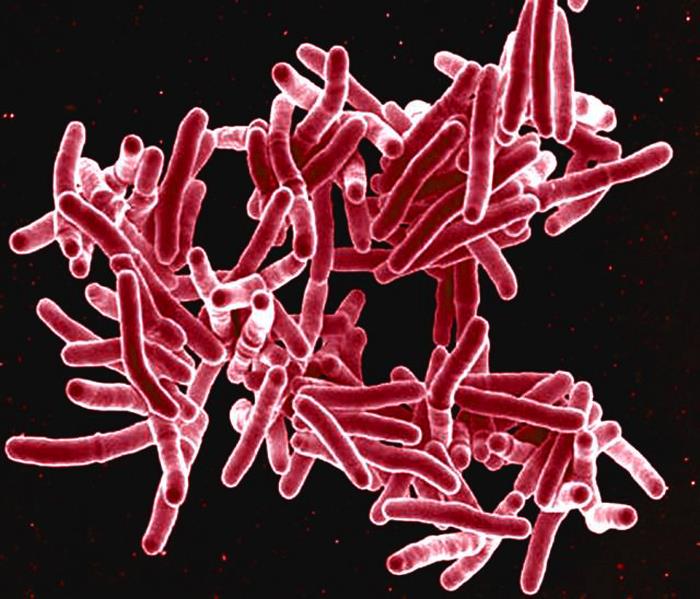A June 2013 report on elephant tuberculosis (TB) in “Rama” the 30-year-old Asian elephant at the Oregon Zoo has found it’s way back into the news as a Centers for Disease Control and Prevention report Friday discussed at least seven staff members at the Oregon Zoo who have tested positive for TB.
The employees were infected with a latent form of the respiratory illness and therefore displayed no symptoms and were not contagious, according to researchers.

Dr. Jennifer Vines, the Multnomah County Health Department (MCHD) Deputy Health Officer, says three zoo elephants, Rama, Tusko and Packy were found to have TB. She believes six people who worked closely with the elephants got a non-active form of it from Rama, because of constant close contact.
“We’re fairly confident that at least six people probably got a non-active, latent form of TB from the first elephant who had active TB,” Dr. Vines said. “There’s an additional person who tested positive. It was hard to make any conclusions. And then we had another person, a volunteer, who had an active form of the disease. And again and we don’t have any conclusions there either.”
Throughout the investigation, MCHD worked with the zoo and the Oregon Health Authority to ensure the safety of staff members, animals, and the public. Close and prolonged contact, including spending multiple hours indoors with infected elephants, was associated with TB transmission in this investigation, the CDC report states. Continuing routine protocols for annual TB screening of humans who work with elephants is warranted, as is a heightened screening recommendation for the closest contacts until summer 2016.
In addition to other administrative and environmental controls, all current close contacts wear a fit-tested N-95 respirator or higher level of protection when in the elephant barn or in contact with any potentially infectious elephant. Close contacts will continue to receive a TST every 6 months until summer 2016, at which point the exposure control plan will be reevaluated. Close contacts with previous positive test results will have a periodic TB symptom screen rather than a TST.
Once all elephants complete treatment for active TB, the Oregon Health Authority, MCHD, and the zoo veterinarians will decide whether to modify the exposure control plan. The elephants will continue to be screened at regular intervals according to Department of Agriculture guidelines. Because of the absence of guidance on determining when an elephant is no longer infectious, the zoo and state and local public health professionals defined an infectious elephant as one that 1) has had M. tuberculosis isolated from a culture of a trunk washing sample, 2) has not received at least 2 months of adequate TB treatment, and 3) has not had at least three consecutive negative findings from cultures of monthly trunk washing samples; or that is not responding to treatment, has a worsening serologic picture,* or might otherwise pose a risk to the herd, zoo personnel, or the public. On the basis of the contact investigation results, MCHD has advised that outdoor contact with infectious elephants for <30 minutes and at a distance of ≥25 feet posed minimal risk for TB transmission.
MCHD also worked with zoo veterinarians and the state public health veterinarian to develop guidelines for safe public elephant viewing. Although the contact investigation suggested minimal risk, all infectious elephants were removed from general display and public viewing within 100 feet. Routine indoor and outdoor public viewing of noninfectious elephants is considered safe.
It’s not uncommon for elephants in captivity to be infected with TB. Roughly 5 percent of Asian elephants in North America have it.
Related:


TB in captive elephants may be rare but at the Oregon Zoo it seems to be rampant. Three elephants contracted the disease, two were euthanized this past year, Rama, 31 and Tusko, 44. They both had old leg injuries and supposedly the TB did not play a part in the decision to euthanize them. Packy, 53, is in isolation and still being treated with TB drugs which have caused profound side effects, including extreme weight loss and he has been taken off the drugs at least twice. So the danger to elephants is both from transmission of TB from humans–as elephants in the wild do not get TB, and they are again put in peril from serious side effects of the TB drugs. Captivity is the root cause of all the conditions and illnesses that so many elephants suffer from in zoos. TB is just one of them and gets a lot of press as it can potentially harm humans.